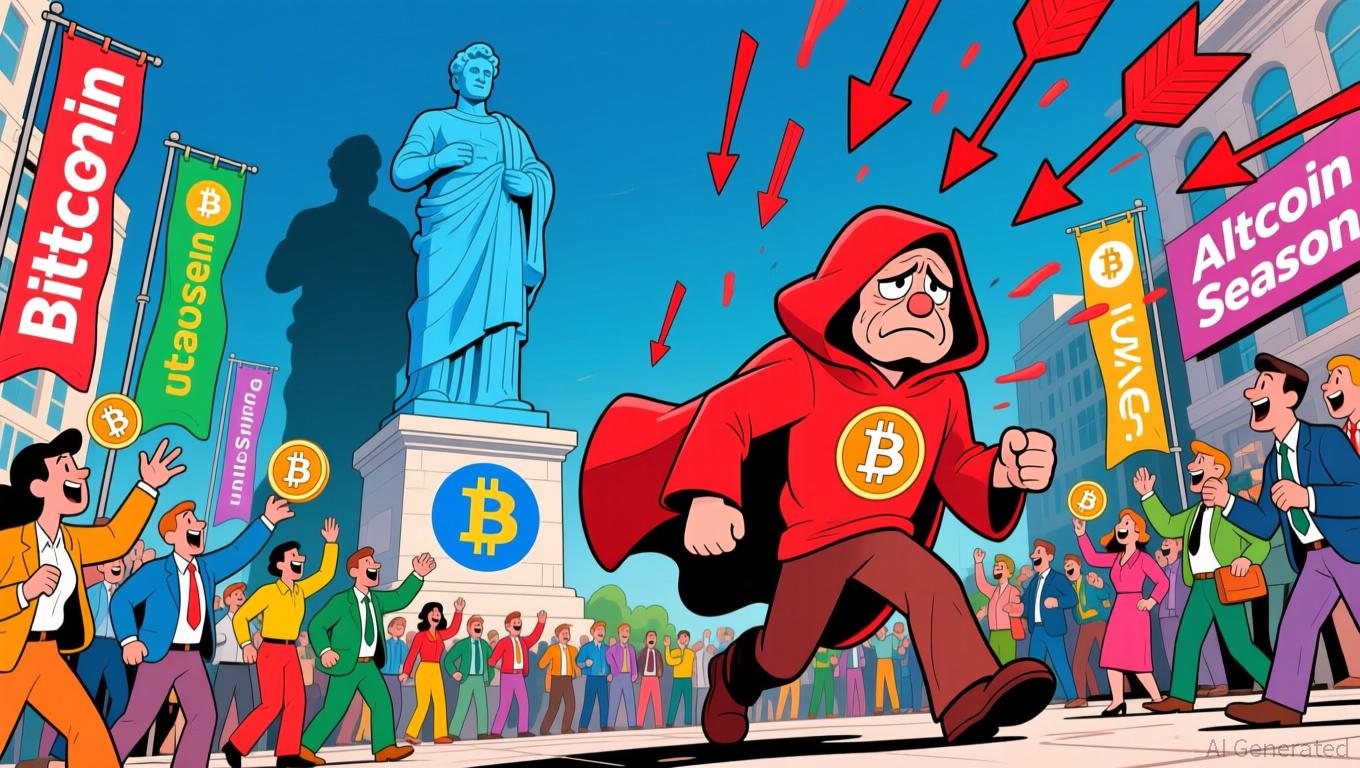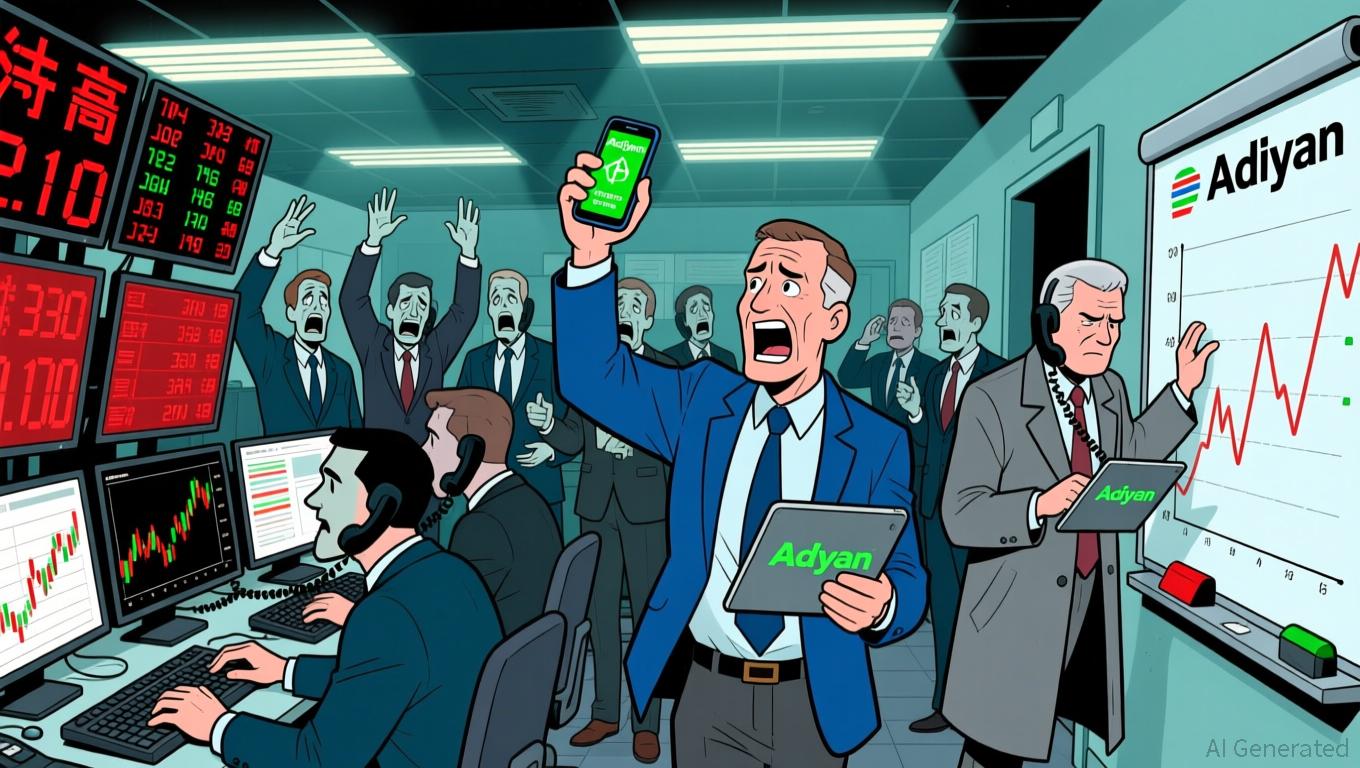Ripple’s XRP Decreases by 7%, Trades Around $2.25
- XRP declines 7%, trading at $2.25 as of November 4.
- Analysts examine potential bear market risk.
- Ripple’s executives remain silent on the price drop.
On November 4, 2025, Ripple’s XRP experienced a 7% decline, trading around $2.25, amid increased analyst scrutiny and Ripple’s Swell event.
The drop reflects broader market sentiment and historical trading patterns, leaving investors and analysts focusing on potential support or further downside for XRP.
Ripple’s XRP decreased by approximately 7% on November 4, trading around $2.25. This decline aligns with increased industry scrutiny and occurs during the Ripple Swell event, although no direct remarks from executives have emerged regarding the price change.
The XRP drop features leaders such as Brad Garlinghouse and David Schwartz, but no official statements from them address the situation. Analysts like Jason Pizzino suggest historical XRP trends hint at possible bear cycles, emphasizing caution among investors.
Analysts view the ongoing decline as part of a broader market trend. XRP trading between $2.20–$2.26 represents a 12-month low in realized profits. Failing support at $2.27 may lead to further corrective phases, potentially impacting investor sentiment.
Financial impacts include no notable spillover into other digital assets like BTC or ETH. On-chain data indicates rising new investor interest, suggesting recovery potential later in November, although careful market observation is advised.
While the XRP price drop has not triggered direct institutional actions, the situation demands cautious monitoring by stakeholders. Historic patterns underscore potential extended bear phases, with $1.79 as the last significant price floor seen in April 2025.
Expert analysis reflects on XRP’s historical volatility and potential bear cycles, with Jason Pizzino noting multi-year trends. Earlier, Pizzino remarked, “Every major trend in XRP history has resulted in a 12–13 month move, or a multiple of this time frame, like 2018–2020, which saw a 26-month bear market. History is rhyming again.” The ongoing Swell event isn’t seen as a catalyst in past years, but investor behavior and technical patterns warrant close attention.
Disclaimer: The content of this article solely reflects the author's opinion and does not represent the platform in any capacity. This article is not intended to serve as a reference for making investment decisions.
You may also like
Bitcoin News Update: Bitcoin's Dominance Wanes as Institutional Investors Turn to Altcoins Amid Changing Market Trends
- Bitcoin's market dominance fell to 59.90% in November, signaling potential capital rotation to altcoins as analysts debate an emerging altcoin season. - Mixed signals from the Altcoin Season Index (100 vs. 28) reflect fragmented sentiment, with Solana and XRP attracting $146M in institutional inflows amid Bitcoin outflows. - Technical indicators suggest a "dead cat bounce" in Bitcoin dominance, with historical parallels to 2019-2020 cycles hinting at prolonged altcoin-friendly conditions. - JPMorgan fore

Bitcoin Updates: MicroStrategy’s Bold Bitcoin Bet: mNAV Drops Under 1, Raising Concerns Over Possible Liquidation
- MicroStrategy CEO Saylor dismissed Bitcoin sale rumors after a $5.7B wallet transfer, reaffirming the company's commitment to buying more crypto amid market volatility. - The mNAV ratio dipping below 1 triggered fears of a "death spiral," as MicroStrategy's market cap now lags behind its Bitcoin holdings, raising leverage risks. - Competitors like BSTR and Reitar Logtech are expanding Bitcoin treasuries, reflecting growing institutional interest despite market uncertainty. - Critics warn of forced liquid

"Global financial markets caught in a struggle as the Federal Reserve weighs concerns over inflation against the need for liquidity"
- Fed officials' divided views on rate cuts triggered global market declines, with Asian and European indices falling amid inflation concerns. - UK unemployment rose to 5.0% while Switzerland secured a 15% US tariff cut, boosting growth projections and bilateral investments. - Data gaps before the Fed's December meeting intensified uncertainty, with investors pricing in shifting cut probabilities and hoarding $7.535T in cash. - Central banks face balancing acts as 10-year Treasury yields climbed to 4.125%,

Solana News Update: Institutions Invest $370 Million in Solana ETFs Amid 5-Month Price Slump
- Solana ETFs (BSOL/GSOL) gained $370M in inflows despite SOL hitting 5-month lows amid broader crypto declines. - Contrasts Bitcoin/ETH ETF outflows ($870M BTC exodus) as institutional demand for Solana remains strong. - Technical indicators signal potential $100 support break, but ETF inflows persist with NYSE options boosting participation. - Market divides: $150 resistance vs. $142 support levels, with RSI near oversold but bullish divergence emerging.
